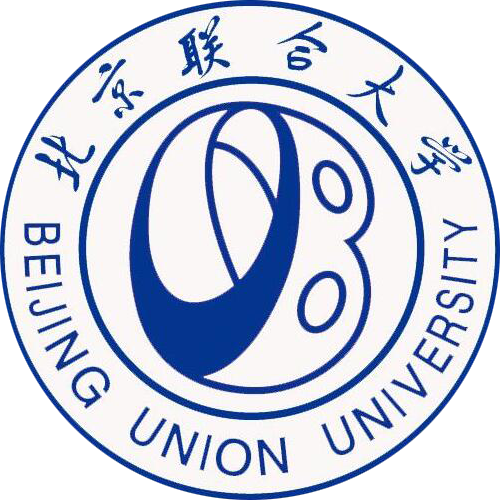详细信息
Photocatalytic degradation of low concentration formaldehyde and simultaneous elimination of ozone by-product using palladium modified TiO2 films under UV254+185nm irradiation ( SCI-EXPANDED收录)
文献类型:期刊文献
英文题名:Photocatalytic degradation of low concentration formaldehyde and simultaneous elimination of ozone by-product using palladium modified TiO2 films under UV254+185nm irradiation
作者:Fu, Pingfeng[1,2];Zhang, Pengyi[1];Li, Jia[1]
第一作者:Fu, Pingfeng
通讯作者:Zhang, PY[1]
机构:[1]Tsinghua Univ, Sch Environm, State Key Joint Lab Environm Simulat & Pollut Con, Beijing 100084, Peoples R China;[2]Beijing Union Univ, Coll Arts & Sci, Dept Biol & Environm Sci, Beijing 100191, Peoples R China
第一机构:Tsinghua Univ, Sch Environm, State Key Joint Lab Environm Simulat & Pollut Con, Beijing 100084, Peoples R China
通讯机构:[1]corresponding author), Tsinghua Univ, Sch Environm, State Key Joint Lab Environm Simulat & Pollut Con, Beijing 100084, Peoples R China.
年份:2011
卷号:105
期号:1-2
起止页码:220-228
外文期刊名:APPLIED CATALYSIS B-ENVIRONMENTAL
收录:;WOS:【SCI-EXPANDED(收录号:WOS:000291907400026)】;
基金:The authors gratefully acknowledge the financial supports from National Basic Research Program of China (2007CB613303), National Nature Science Foundation of China (50908132) and Tsinghua University Initiative Scientific Research Program.
语种:英文
外文关键词:Photocatalysis; Formaldehyde; Palladium modified TiO2; Ozone decomposition; Vacuum ultraviolet (VUV); Indoor air
摘要:Simultaneous elimination of formaldehyde and 03 by-product was investigated in the UV254+185nm photocatalysis with a continuous flow mode using palladium modified TiO2 films (Pd-TiO2). Formaldehyde (HCHO) was introduced at a low concentration (ca. 450 ppbv), typical of polluted indoor environments. Pd nanoparticles, deposited via an electrostatic self-assembly method, had uniform distribution on TiO2 films with an average size of 3-4 nm. Under UV254+185nm, irradiation, the steady state concentration of HCHO was reduced to 10-50 ppbv for a long irradiation period (>30 h), and catalyst deactivation was not observed. Modification of TiO2 with palladium could simultaneously increase the conversion of HCHO and O-3, especially at the high RH level, showing the excellent moisture-resistant behaviors. At the Pd loading of 0.3-0.4 mu g cm(-2), the O-3 conversion ratio increased over 3 times compared to pure TiO2. XPS analysis exhibited that PdO on the TiO2 was oxidized to mixture palladium oxides PdOx(x>1) under UV254+185nm irradiation. Due to high electron affinity of formed PdO2, the photogenerated electrons could be trapped by PdOx, thus improving the separation of e(-)/h(+) pairs. As the reduction of PdO2 and oxidation of PdO coexisted, the PdOx could be dynamically stabilized, thus increasing the photoactivity of Pd-hO(2). Under UV254+185nm irradiation, the ozone might be decomposed on the Pd-TiO2 via two different routes, i.e., photocatalytic reduction of O-3 on exposed TiO2 and decomposition of O-3 on PdOx particles involved with UV irradiation and trapped electrons. (C) 2011 Elsevier B.V. All rights reserved.
参考文献:
![]() 正在载入数据...
正在载入数据...


